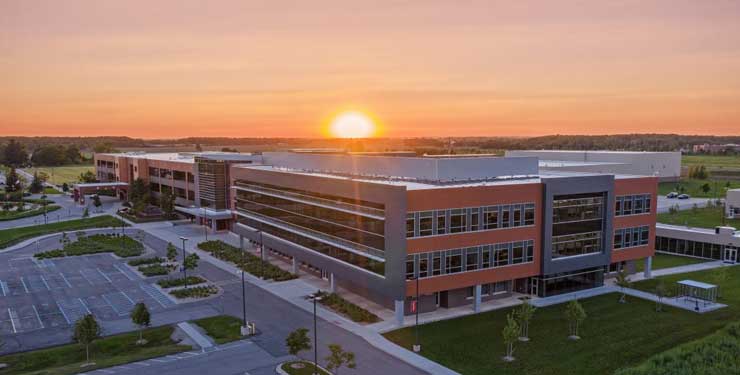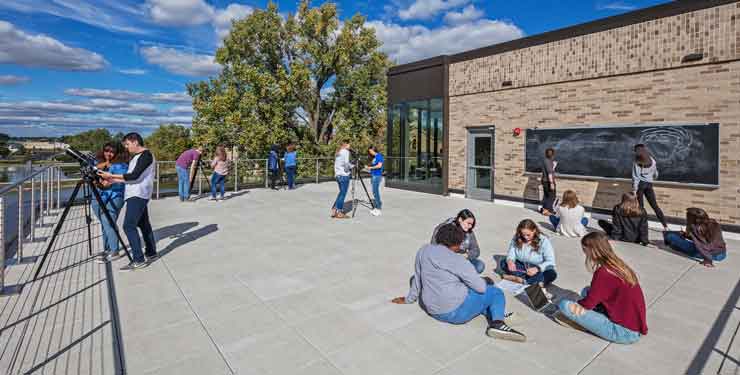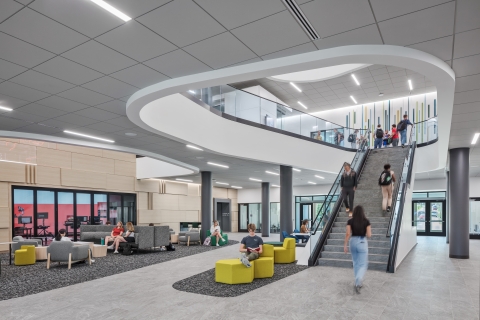
Sustaining Efforts In Sustainability
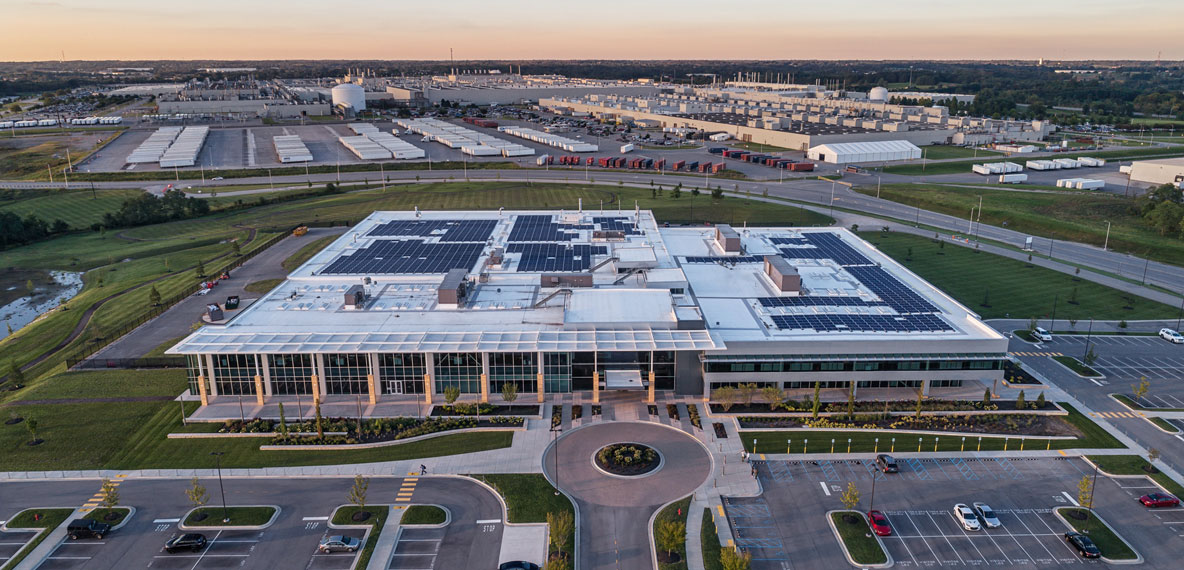
The term “Sustainable” often describes environmental practices meant to preserve resources for future generations like energy conservation, recycling, renewable power sources and reducing pollution. Today, corporate sustainability is growing to encompass a broad range of forward-thinking strategies designed to create value for stakeholders, consumers, and employees—all while protecting and enhancing human health and natural resources.
Managing facilities for the long-term benefit of employees, the company, and its community is the real essence of corporate sustainability. And this is not just for the Googles, Apples, and Patagonias of the world. Companies with more modest resources understand that sustainability attracts both employees and stakeholders—and that it goes beyond reducing water and energy use to embrace issues of health, wellness, and social responsibility. For facility management leaders, the push toward corporate sustainability also raises new challenges as companies pivot to a post-pandemic workplace.
Depending on their goals and budgets, companies may focus on a handful of priorities, or dozens. Johnson & Johnson aims to meet all its global energy needs with renewable sources by 2025. Google reports its data centers use 50% less energy than the average data center.
Cincinnati-based Fifth Third Bank covers its social responsibility goals in an Environmental, Social, and Governance Report, summing up its focus as “doing well by doing good.” It touts achievements ranging from becoming carbon neutral in 2020, to diversity on its board, to a ranking as one of the world’s “most ethical companies.” “When we think about sustainability, we do so recognizing that our customers and other stakeholders are focused on and care more about these issues than ever before,” says Jeremy Faust, environmental sustainability leader at Fifth Third Bank. “As part of our ongoing commitment to keep our customers at the center of everything we do and to accelerate the transition to a sustainable future, we have made sustainability a key priority at our bank. We are focused on developing and implementing sustainable practices that will result in real, lasting changes that will create a better world for all.”
... our customers and other stakeholders are focused on and care more about [sustainability] issues than ever before.
Jeremy Faust, Environmental Sustainability Leader at Fifth Third Bank
Sustainability as a Trend
Corporate sustainability clearly has picked up steam as a business priority. In 2011, 57% of companies reported efforts to incorporate sustainability into their planning; that number was up to 86% by 2018.
There is inherent value in being a good corporate citizen, but that is not the only reason corporate sustainability makes sense. Stakeholders are demanding it, amid concerns about corporate image and a desire to boost stock market valuations. In turn, an enhanced reputation builds organizations where stakeholders want to invest, and conscientious people want to work. One survey found that millennials, in particular, were okay with earning less to work at a company focused on sustainability efforts.
Another factor propelling the sustainability trend applies to new construction projects: Companies are encountering sustainability requirements in the building codes of increasingly progressive federal, state, and local regulators.
In the aftermath of the COVID-19 pandemic, sustainability goals also have fresh relevance as managers consider the ways workplaces have changed. Health and wellness priorities will ensure a continued, heightened focus on issues such as cleaning and air filtration. A holistic approach that includes support for mental health also should be woven in. As more people work remotely, companies also might consider offering incentives for employees to implement sustainability measures at home.
Moving Past Misconceptions
Sustainability must be detailed and measurable, focusing on the people, the planet and profits. The process can seem daunting, but some misgivings about sustainability plans are based on misconceptions.
Misconception 1: Sustainability plans drain resources without providing much of a payoff. In fact, prioritizing corporate sustainability is an investment in a company’s future and can provide a competitive edge. It saves money in the long run, and transparency about sustainability efforts can burnish important factors such as ROI.
Misconception 2: It’s a lofty concept meant only for corporate monoliths. A well-written sustainability plan has built-in flexibility since it reflects the priorities and values of a particular company. Whether more grand or more modest, it incorporates meaningful actions in which both stakeholders and employees can take pride.
Moving beyond misconceptions, leaders need to build sustainability plans on the company’s vision and values. For example, Toyota placed its sustainability policies under its foundational pillar of “Respect for People.” At Fifth Third Bank, initiatives are tied to its commitment to be “the one bank that people most value and trust.”
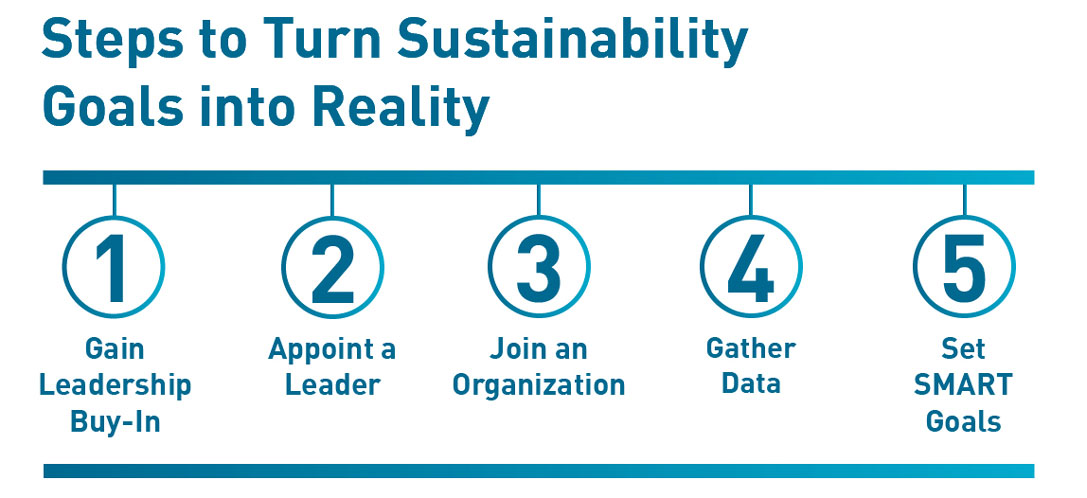
Help is Available
As more regions and organizations work toward sustainability goals, resources have sprung up to offer advice and identify funding sources. These include (but are not limited to):
- Government and NGO grants to support the process; one resource for these is the Grantwatch website.
- The Database of State Incentives for Renewables & Efficiency (DSIRE) offers state-specific information on building standards, loans, and tax incentives.
- Information resources from organizations such as engineering associations and the U.S. Green Building Council.
- Government resources such as ENERGY STAR, the U.S. Environmental Protection Agency (EPA) program providing information on measures that save money, and energy.
- The 2030 Districts Network supports urban areas committed to meeting targets including 50% reductions in building energy use, water consumption, and transportation emissions. The vision of the 2030 Districts Network is to establish a global network of thriving high performance building districts and cities, uniting communities to catalyze transformation in the built environment and the role it plays in mitigating and adapting to climate change.
Steps to Get Started
Forward-looking facility executives play an important role in turning sustainability goals into reality. Here’s a basic action plan to make that happen.
- Get leadership buy-in to ensure sustainability becomes a priority, based on the organization’s goals and values.
- Decide who will set up and steer the planning process. This could be a sustainability director, facility executive, chief financial officer, or other leader.
- Find an organization or join a 2030 District. The expertise available can help you assess your current situation and offer support along the way.
- Gather data. Look at areas such as water and energy use, recycling, supply chains, people’s workplace experience, and interactions with the community. This can be labor-intensive, but as management guru Peter Drucker said, “You can’t change what you can’t measure.”
- Set sustainability goals. These should reflect company values and fit into the SMART framework: specific, measurable, achievable, relevant and time bound.
Finally, as the sustainability plan is developed, prioritize transparency. All stakeholders need to be kept in the loop as people work toward goals that will enhance quality of life for employees and make a positive impact on their community.
This article was originally published in Facility Executive.
Author
Content Type
Published Articles
Date
October 20, 2021
Market
Practice
Topic
Workplace Strategy


